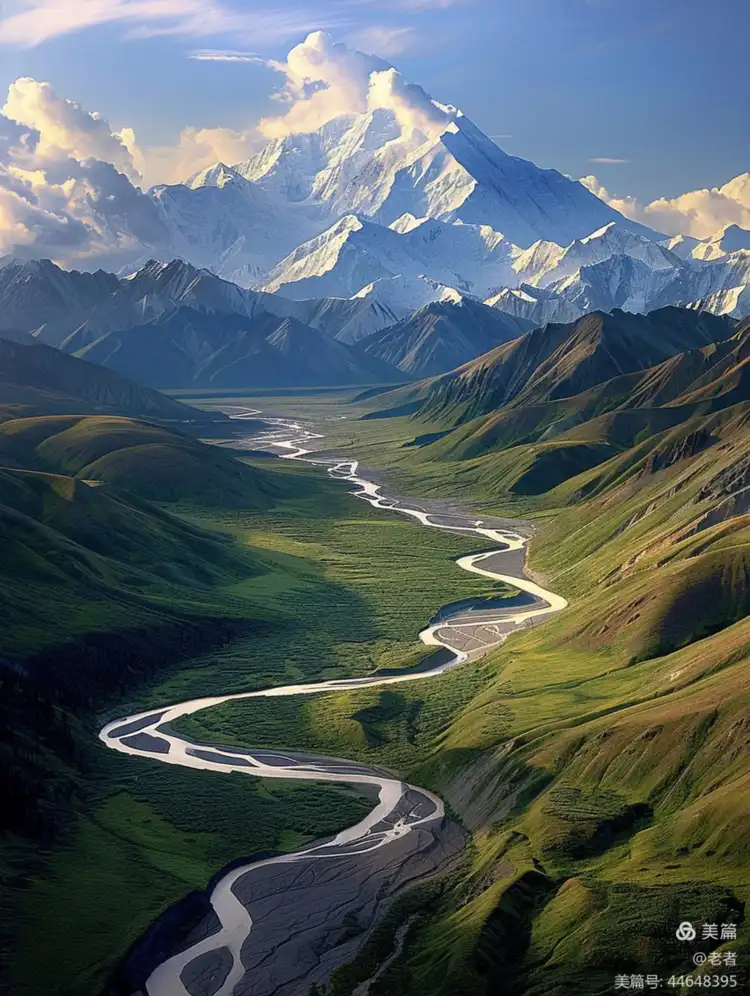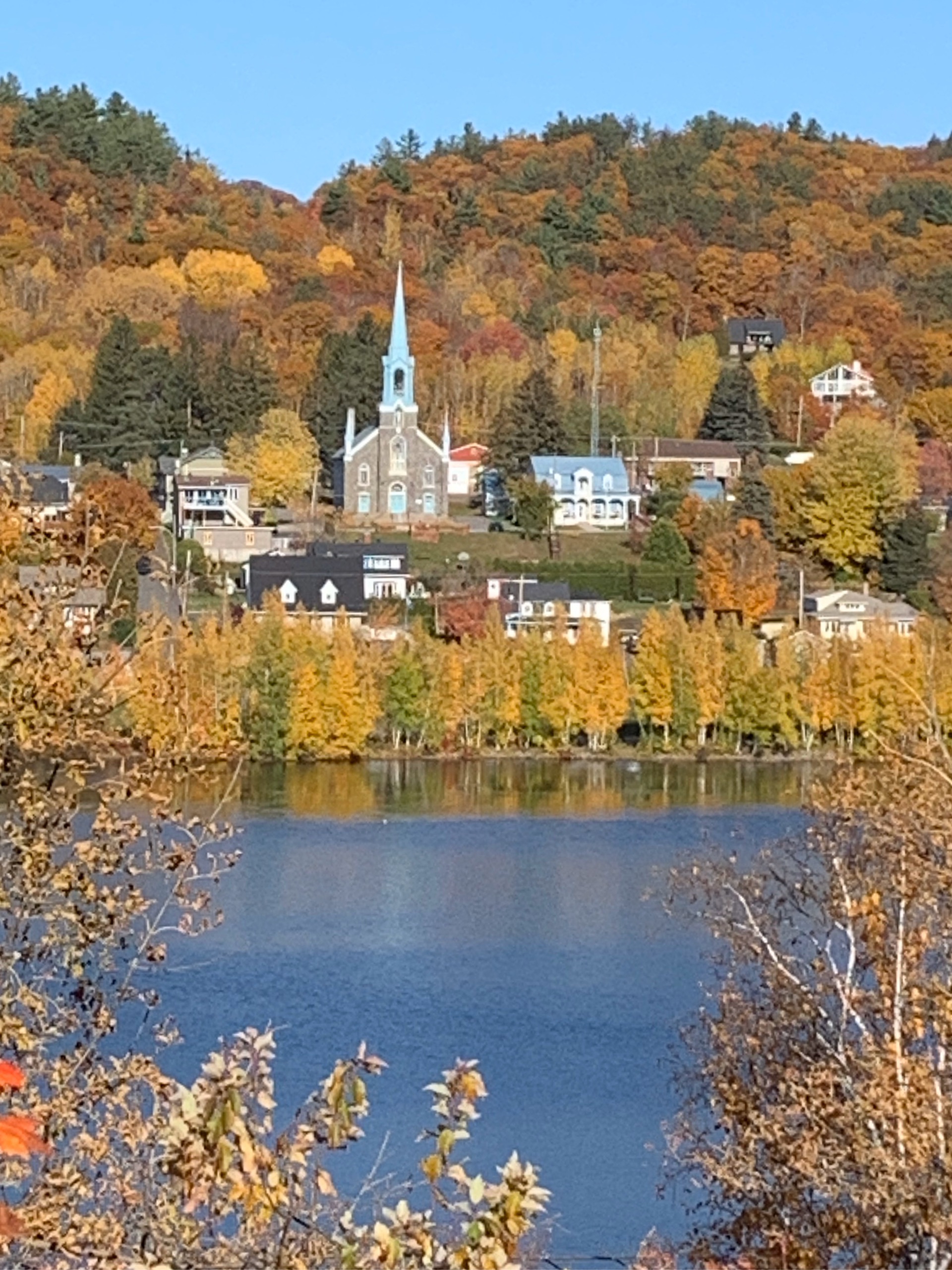Global Travel Information
Tsavo National Park, Kenya
The Twin Giants: Unraveling the Secrets of Tsavo National Park
Kenya’s Tsavo National Park is not merely a destination; it is an experience of scale, a profound encounter with the raw, untamed soul of Africa. Split into two vast entities—Tsavo East and Tsavo West—this colossal protected area forms one of the world’s largest national parks, a sprawling testament to wilderness that defies easy comprehension. To journey into Tsavo is to step into a landscape of stark contrasts, ancient history, and a relentless struggle for survival, all painted on a canvas of breathtaking and often surreal beauty.
The very division of Tsavo tells a story. The Nairobi-Mombasa highway and railway line act as the arbitrary seam between the two halves, each possessing a distinct character. Tsavo East, the larger of the two, is the realm of infinite horizons. Its landscape is predominantly flat, a sun-baked expanse of semi-arid savannah punctuated by dusty scrub and the iconic, twisted shapes of baobab trees. These ancient sentinels, with their massive, water-hoarding trunks, stand as timeless witnesses to the passage of millennia. Here, the air shimmers with heat, and the earth is a palette of ochre and russet, most famously embodied in the red elephants that have become the park’s poster creatures. They dust-bathe in the vivid red volcanic soil of the Galana River region, their hides stained a magnificent terracotta, creating a spectacle uniquely Tsavo’s own.
The lifeblood of this arid east is the mighty Galana River, a permanent ribbon of green and blue cutting through the parched plains. Fed by the waters of the Athi River and the stunning Lugard Falls—not a vertical drop but a series of dramatic, powerful rapids cascading through water-sculpted rocks—the Galana is a magnet for life. Crocodiles bask on its banks, hippos grunt in its deeper pools, and a constant parade of animals, from skittish impalas to towering elephants, comes to quench their thirst. The Yatta Plateau, one of the world’s longest lava flows, stretches alongside the river like a great, petrified wave, adding a layer of geological grandeur to the scene.
In stark contrast, Tsavo West is topographically dramatic and lush. It is a land born of volcanic fury. The Chyulu Hills, a range of recent volcanic cones still considered active, rise green and misty in the west, their slopes covered in montane forest. This is a land of hidden springs, secret waterholes, and dramatic lava flows like the Shetani Lava Flow, whose name means "devil" in Swahili. This vast, black expanse of jagged rock, believed to have erupted only a few hundred years ago, looks eerily recent, as if the very earth cooled just moments before one’s arrival.
The most famous oasis in Tsavo West is Mzima Springs. This series of crystal-clear, freshwater pools is fed by a miraculous underground flow from the Chyulu Hills, pumping out millions of gallons of pure water daily. A submerged observatory allows visitors a silent, windowed view into this aquatic heaven. Hippos glide gracefully underwater, their movements surprisingly buoyant, while schools of fish dart through the waving fronds of aquatic plants. It is a scene of surreal tranquility, a hidden world of life sustained by a geological marvel.
Yet, Tsavo’s beauty is underscored by a history of fierce struggle. The park’s name is forever linked to the infamous "Man-Eaters of Tsavo," a pair of lions that terrorized the construction of the Kenya-Uganda railway in 1898. These lions, whose story was popularized in film and literature, exhibited highly unusual behavior by preying on humans, halting a major colonial enterprise and claiming dozens of lives. While their motives remain debated—from a lack of traditional prey due to disease to dental ailments—they cast a long shadow, a reminder of the raw, unpredictable power of nature and the complex, sometimes tragic, interface between human ambition and the wild.
This struggle continues today, though in a different form. Tsavo exists as a critical sanctuary in the face of immense modern pressures. Poaching, though combated fiercely by dedicated rangers, remains a persistent threat. Human-wildlife conflict on the park’s boundaries is an ongoing challenge as expanding settlements and wildlife ranges collide. The devastating droughts that periodically grip the region, likely intensified by climate change, test the resilience of every living thing. Watching an elephant herd navigate a desiccated landscape, their immense frames moving with weary determination towards a dwindling water source, is a poignant sight that speaks to the fragility of this immense ecosystem.

Despite these challenges, Tsavo endures. Its conservation significance cannot be overstated. It is a vital stronghold for the African elephant, hosting one of the largest single populations on the continent. It provides a refuge for the highly endangered Eastern black rhino, carefully protected in fenced sanctuaries within the park like the Ngulia Rhino Sanctuary. Lions, though their prides are smaller than in the grassy Serengeti, are masters of this rugged terrain. Cheetahs stalk the open plains, leopards haunt the riverine thickets, and a staggering diversity of life, from the tiny dik-dik to the formidable Cape buffalo, thrives within its borders.
For the intrepid traveler, Tsavo offers a raw, unfiltered African safari experience. It lacks the crowded game-viewing circuits of some more famous parks. Instead, it rewards patience and a spirit of adventure. A sighting here feels earned, a private moment granted by the wilderness. It is the sight of a dust-red elephant silhouetted against a setting sun, the deep orange orb dipping below the flat horizon of Tsavo East. It is the sound of complete silence, broken only by the cry of a fish eagle over the Galana. It is the smell of rain on dry earth, the taste of dust, and the feeling of insignificance under a canopy of a million stars.
Tsavo is not a tame park. It is vast, demanding, and at times harsh. But therein lies its magic. It is a place where the earth’s bones are exposed, where the elements dictate the terms, and where the drama of life and death plays out on an epic scale. It is a reminder of what true wilderness means—a powerful, enduring, and essential force. To know Tsavo is to understand the heart of wild Kenya, a heart that beats strong, resilient, and forever untamed.
相关文章
- Elbe River Guide: Top Scenic Spots to Visit in 2025
- Best Time to Visit Elbe River: Seasonal Tips for Travelers
- Elbe River Cruise Routes: From Hamburg to Dresden
- Elbe River Hiking Trails: Scenic Paths Along the Waterway
- Elbe River Length & Source: Key Geographic Facts
- Cities Along Elbe River: Must-See Destinations in Germany
- Elbe River Historical Significance: Key Events Through Time
- Elbe River Water Level Today: Real-Time Updates for Boaters
- Elbe River Cycling Routes: Explore by Bike This Year
- Elbe River Wildlife Watching: Where to Spot Birds & Animals
发表评论
评论列表
- 这篇文章还没有收到评论,赶紧来抢沙发吧~


